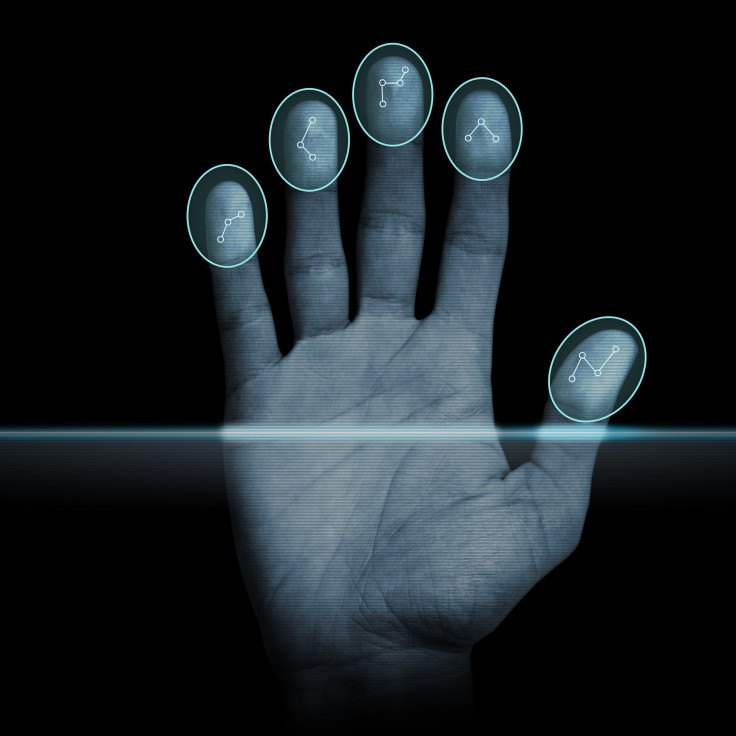Fingerprint Scans Are History: You Can Now Be Identified By Your Vein Geometry

Everyone’s fingerprint is unique, which is why fingerprint scans have been used in medicine, crime investigation and technology (unlocking your iPhone passcode) to identify an individual.
But it turns out fingerprint scanning isn’t as reliable as other lesser-known techniques. After Chaos Computer Club hackers created fingerprint copies that fooled Apple’s TouchID, which uses fingerprints to unlock the iPhone 5S, they pointed out that fingerprints are pretty unsafe “locks” when it comes to important information.
“A fingerprint of the phone user, photographed from a glass surface, was enough to create a fake finger that could unlock an iPhone 5s secured with TouchID,” the hackers wrote in a blog post. “This demonstrates — again — that fingerprint biometrics is unsuitable as access control method and should be avoided.”
So there’s a new way to scan your information, and it’s through your vein geometry. Similar to a person’s irises and fingerprints, your vein geometry is entirely unique; not even twins share the same veins. Vein recognition systems involve placing your finger, wrist, or palm on or near the scanner. A camera takes a picture through near-infrared light, which is absorbed by your hemoglobin. The veins then appear black in the picture, and the software is capable of creating a template based on your vein geometry.
Though vein scanning technologies have been around for a while, it hasn’t really broken into mainstream usage yet. There are a handful of companies, however, that have taken the idea and ran with it, hoping to incorporate vein scanning into everyday payments and transactions.
Take PulseWallet, for example, which is now called Biyo — a company based in the U.S. that was the first to create payment terminals through your palm. In essence, your hand becomes your payment method through the reliable scanning of veins. “Biometric is the future,” PulseWallet CTO Matt Saricicek told The Verge. “Now we can unlock our phone with our fingerprint. We’re becoming lazier, and we demand convenience.”
One of the other benefits of vein scanning is that they don’t leave behind prints the way fingerprints do, and it’s much harder to recreate the exact geometry of veins. “As we have said now for more than years, fingerprints should not be used to secure anything,” Chaos Computer Club writes. “You leave them everywhere, and it is far too easy to make fake fingers out of lifted prints.”



























